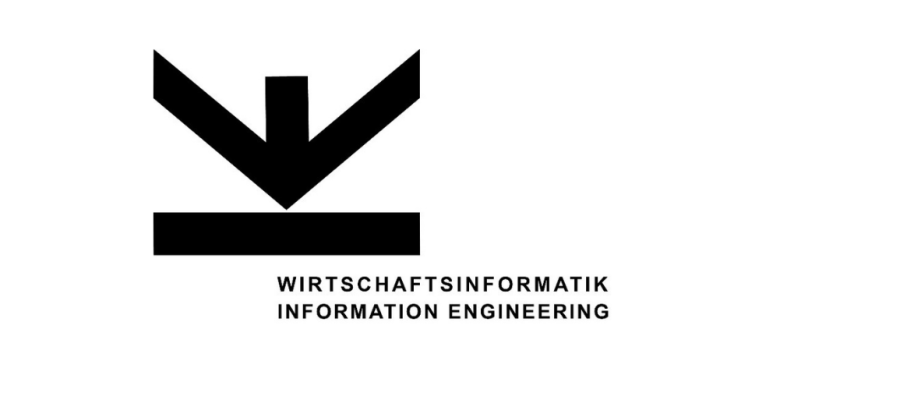Introduction to forecast planning and customer analysis
Forecast planning plays a decisive role in corporate controlling. Controllers use them to forecast future business developments and value drivers and to plan measures for effective corporate management. This includes budgeting and the definition and tracking of targets.
Customer analysis is another indispensable tool for corporate management. It provides valuable data and key figures to better understand customer behavior and needs. Forecasting tools can help to predict customer behavior and plan sales and cost optimization measures accordingly.
However, the challenges of digital corporate management often lie in the complexity of the required processes and in dealing with large volumes of data. Deviations from planning can quickly lead to high costs if they are not recognized early on. It is therefore important, for example, to prepare regular forecasts and check whether the company's development is in line with the targets set.
The quality and accuracy of the forecast are of great importance. Modern technologies and software are used here that not only enable forecasts to be created quickly and easily, but also ensure the quality and accuracy of the forecast.
All in all, the aim of forecast planning and customer analysis is to help companies make informed decisions and achieve their goals. This also includes recognizing changes at an early stage and taking measures to ensure that the company does not miss its targets.
Initial situation
Despite the growing importance of forecast planning and customer analysis, many companies are facing considerable challenges. One of the main problems is the use of inefficient planning tools and data management systems.
For example, creating forecasts and carrying out planning often requires a considerable amount of time and resources. Traditional budgeting and forecasting tools are generally unable to react quickly and efficiently to changes, which leads to deviations. In addition, they are often unable to ensure the quality and accuracy of the forecasts.
Furthermore, the lack of integration between different systems and data sources can lead to inconsistencies and errors in the data. This makes it difficult to make the right decisions and take appropriate measures.
In addition, data management is often a major problem. Companies collect a lot of data from different sources, but without an effective management system it is difficult to manage and use this data. This can lead to a misjudgement of business development and the forecast.
Overall, inefficient tools and systems and difficult data management are significant barriers to effective forecasting and customer analysis. They hinder corporate management and can prevent companies from achieving their goals.
Solution: Implementation of flexible forecasting tools
An effective solution to these challenges is the implementation of flexible planning tools and systems that are able to cope with the dynamics and complexity of today's business world. These tools offer functions for the efficient creation of forecasts and the implementation of forecast planning. They allow you to react quickly to changes and support the creation of high-quality forecasts.
One example of this is modern software solutions that use artificial intelligence and machine learning, for example, to analyze data and create accurate forecasts. These tools can process large amounts of data and quickly deliver precise results that enable well-founded decision-making.
Cooperation with consulting companies is another effective way of improving forecast planning and customer analysis. Consulting companies have expert knowledge and experience in the use of planning tools and data management systems. They can help companies to implement the right tools and systems and establish effective forecasting and planning processes.
Consultancies can also help with staff training and share best practices for data management and planning. They can also support the definition of targets and key figures and help companies to achieve their goals efficiently and effectively.
Overall, the implementation of flexible planning tools and cooperation with consulting companies can help companies to improve their forecasting capabilities and achieve effective corporate management.
Forecast planning - book a free initial consultation
Successes and highlights
The implementation of flexible planning tools and cooperation with consulting companies have in many cases led to significant improvements in the planning and analysis phase.
Improved demand forecasting: The implementation of flexible planning tools enabled one company to significantly improve its demand forecasting. This led to a reduction in excess stocks and at the same time to a minimization of demand shortfalls.
More efficient resource utilization: By using planning tools, one company was able to better utilize its production capacity and increase resource efficiency, which led to cost savings.
Faster response to market dynamics: The combination of flexible planning tools and consulting services enabled a company to react more quickly to changes in the market, exploit new opportunities and gain a competitive edge.
Supply chain optimization: One company was able to optimize its supply chain, minimize supply bottlenecks and shorten delivery times by implementing an integrated planning system.
Personalized customer care: The use of analytical tools and consulting services helped a company to develop personalized customer care and tailored offers, which led to an increase in customer loyalty and sales.
In summary, flexible planning tools and collaboration with consulting firms have helped companies improve their planning and analysis processes, increase their forecasting accuracy and achieve their goals more effectively. These successes underline the importance of effective forecast planning and customer analysis for the company's success.
Lessons learned: Integration of ad hoc and forecasting tools
Practical experience underlines the importance of good conceptualization and employee integration when implementing planning tools and systems.
First of all, it is crucial to clearly define and understand the objectives and requirements of forecast planning. This is the cornerstone for the selection of suitable tools and systems. A thorough analysis of existing processes and data can help to better understand the requirements and take the right measures.
Another important aspect is the involvement of employees in the process. The implementation of new tools and systems can have an impact on the way employees work and their tasks, so it is important to involve them in the process and take their feedback and suggestions into account. In addition, thorough employee training can help to increase the acceptance of new tools and ensure their effective use in day-to-day business.
Successful implementation of new planning tools and systems depends largely on careful conceptualization and efficient integration of employees. Companies that take these factors into account have the opportunity to significantly improve their forecast planning and customer analysis and achieve their goals more effectively.
Future forecasts: The evolution of forecast planning and customer analysis
Looking to the future, the importance of forecast planning and customer analysis in controlling is likely to increase further. Rapid technological progress, e.g. in the areas of artificial intelligence and machine learning, enables companies to continuously improve their forecasting and planning capabilities. Ad hoc analyses will play a central role in order to be able to react quickly to unexpected market developments. The creation of forecasts will be increasingly automated, giving controllers more time to analyze the results and derive suitable measures. This facilitates the early detection of deviations and the implementation of measures to close target gaps. Companies that are able to develop and adapt their forecasting tools and processes accordingly will gain a significant competitive advantage. Therefore, the continuous improvement and updating of forecast planning and customer analysis should be a key element of the corporate strategy.
Use data to your advantage!
Secure your free initial consultation now.
Conclusion
In conclusion, in today's business world, successfully overcoming challenges rests on two key pillars: effective forecast planning and thorough customer analysis. To strengthen these cornerstones, the integration of flexible planning tools and cooperation with experienced consulting companies have proven to be extremely effective. They not only help to increase the quality and precision of forecasts, but also to optimize overall corporate management.
The important role of employees in this process should not be forgotten. Comprehensive training and the involvement of the workforce are crucial to promote the acceptance of new tools and ensure that they are used effectively. Clear conceptualization and a precise definition of objectives are also of the utmost importance to ensure the success of the introduction of new tools and systems.




































